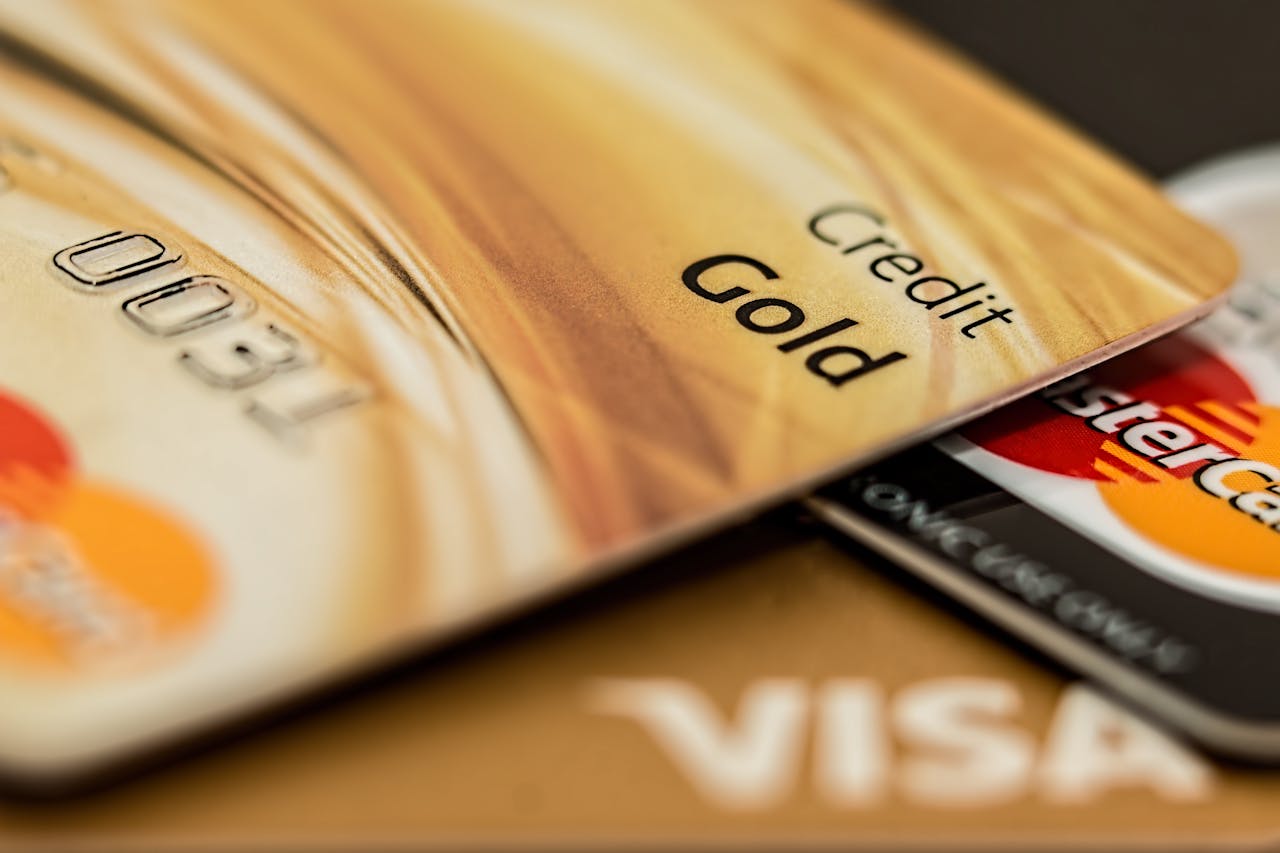Every time you swipe your card, you’ve probably noticed those two familiar logos—Visa and Mastercard. But what are they exactly? Is one better than the other? And does your choice really affect how you spend or what perks you get?
Let’s break it all down, in plain English.
First Off—What Are Visa and Mastercard?
Let’s clear this up: Visa and Mastercard are not banks. They’re not lenders either. They are payment networks. That means they provide the infrastructure that allows your debit or credit card to work—whether you’re buying a latte in London or booking a flight on Expedia in the U.S.
They don’t issue cards, decide your interest rate, or lend you money. That’s your issuing bank’s job (like Chase, Barclays, Citi, etc.).
In short: they’re like the “internet” for your card—quietly making sure everything works behind the scenes.
As of 2025:
- Visa: Operates in 200+ countries, accepted by over 80 million merchants
- Mastercard: Available in 210+ countries, accepted by 77+ million merchants
Pretty close—both are nearly universally accepted worldwide.
So… What’s the Actual Difference?
While they function almost identically at a high level, there are subtle differences that might matter depending on where you live, shop, or travel.
| Category | Visa | Mastercard |
|---|---|---|
| Global Merchant Coverage | Slight edge in North America | More flexibility across Europe & Asia |
| Foreign Transaction Fees | Typically 0–3% (set by issuer) | Often lower or waived on select cards |
| Dispute Resolution | Strong in U.S./Canada | Better success rates in the EU |
| Extra Perks | Visa Concierge, extended warranty, travel insurance | Mastercard Airport Experiences™, car rental offers, etc. |
| Digital Wallet Compatibility | Apple Pay, Google Pay, Samsung Pay | Same, plus widely used in neobanks |
| Fraud Detection (2025) | AI risk models covering 170+ countries | Real-time fraud scoring + dynamic checks |
In daily use, most people won’t notice a huge difference. But for frequent travelers, fintech users, or those who maximize rewards—these tiny details might matter a lot.
Which One’s Better? Depends on How You Use It
There’s no one-size-fits-all answer. It really depends on your location, lifestyle, and spending habits.
✅ If You’re in the U.S. or Canada
Visa tends to be more accepted among small businesses in North America. It’s also the default network for many major banks.
✅ If You Travel or Live in Europe
Mastercard has broader merchant acceptance across Europe and tends to partner with neobanks like Revolut or Monzo.
✅ If You Use Virtual Cards or Fintech Apps
Mastercard is ahead in digital finance, powering many modern payment tools, neobanks, and virtual credit cards.
✅ If You Want Perks Like Airport Lounges or Insurance
That’s not about Visa vs Mastercard—it’s about your specific card.
Examples:
- Capital One Venture X (Mastercard): Global lounge access + flight delay coverage
- Chase Sapphire Preferred (Visa): 3x travel points + purchase protection
The card itself matters more than the logo on it.
Let’s Talk Data — What Are Users Choosing in 2025?
Some stats from NerdWallet + Statista Q1 2025 report:
- 62% of U.S. users don’t even know whether they use Visa or Mastercard
- Among high-income groups, both Visa Infinite and Mastercard World Elite adoption is rising
- In the UK and Germany, Mastercard now outranks Visa in overall usage
Also, 2025 fintech stats show:
- Popular apps like Monzo, Curve, Revolut primarily use Mastercard
- Mastercard’s digital payment transaction volume is up 34% YoY, versus Visa’s 26%
So while both networks are thriving, Mastercard is gaining edge in modern, mobile-first ecosystems.
Busting Common Myths
Let’s debunk a few popular misconceptions:
| Myth | Reality |
|---|---|
| Visa is more international | Nope—both are equally global, just with slight local differences |
| Mastercard is always more premium | False—both have basic, premium, and elite cards |
| Apple Pay works only with Visa | Incorrect—both networks are supported |
| Refund issues = Mastercard fault? | Not usually—it’s likely your issuer, not the network |
| Mastercard has fewer perks | Not true—Mastercard World Elite includes lounge access, insurance, and more |
Bottom Line: Don’t Just Look at the Logo—Check the Card & Bank Behind It
Think of Visa and Mastercard like the “highway.” What really affects your journey is the car you drive—aka the card itself.
So when picking a credit card, ignore the logo for a moment and focus on:
- Annual fees
- Rewards and cash back programs
- Perks (e.g. insurance, lounge access, extended warranty)
- Digital wallet support
- Your travel and spending habits
Buying a card is like buying a car—it’s not just about the engine brand; it’s about the full package that fits your lifestyle.
Bonus: Top Cards to Watch in 2025 (By User Type)
| User Type | Card | Network | Annual Fee | Key Perks |
|---|---|---|---|---|
| Frequent Travelers | Capital One Venture X | Mastercard | $395 | Unlimited Priority Pass + travel insurance |
| Digital Wallet Fans | Revolut Metal | Mastercard | €13.99/month | Multi-currency wallet + metal design |
| U.S. Family Users | Chase Sapphire Preferred | Visa | $95 | 3x points on travel + return protection |
| Small Everyday Spend | Apple Card | Mastercard | $0 | Daily cashback in Apple Wallet |
| UK Students | Monzo Premium | Mastercard | £15/month | No foreign fees + insurance package |
Visa or Mastercard?
Let’s hear from you:
What’s in your wallet right now, and why did you pick it? Any hidden perks—or horror stories? Drop a comment and share your experience below.



